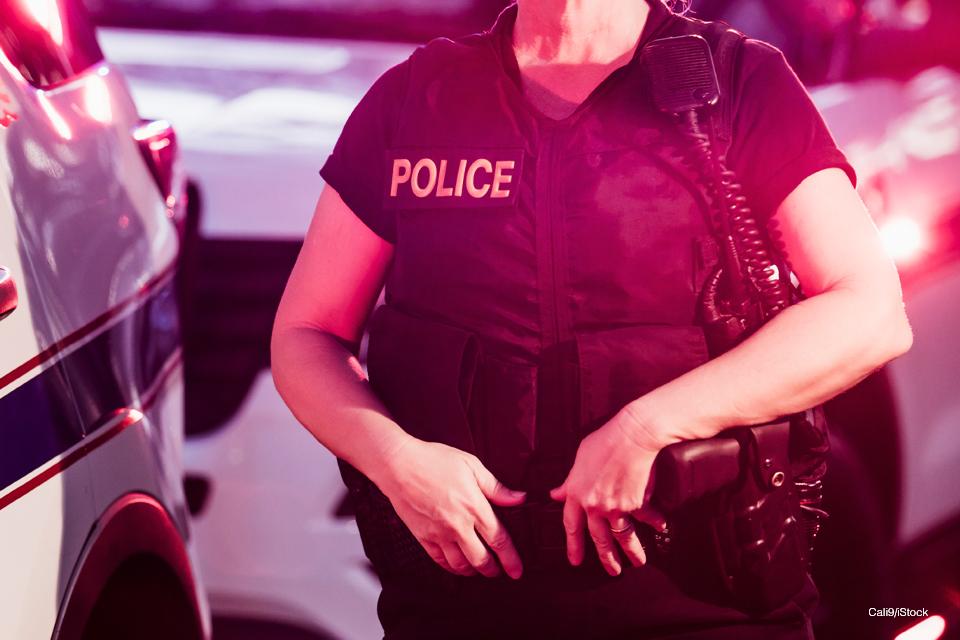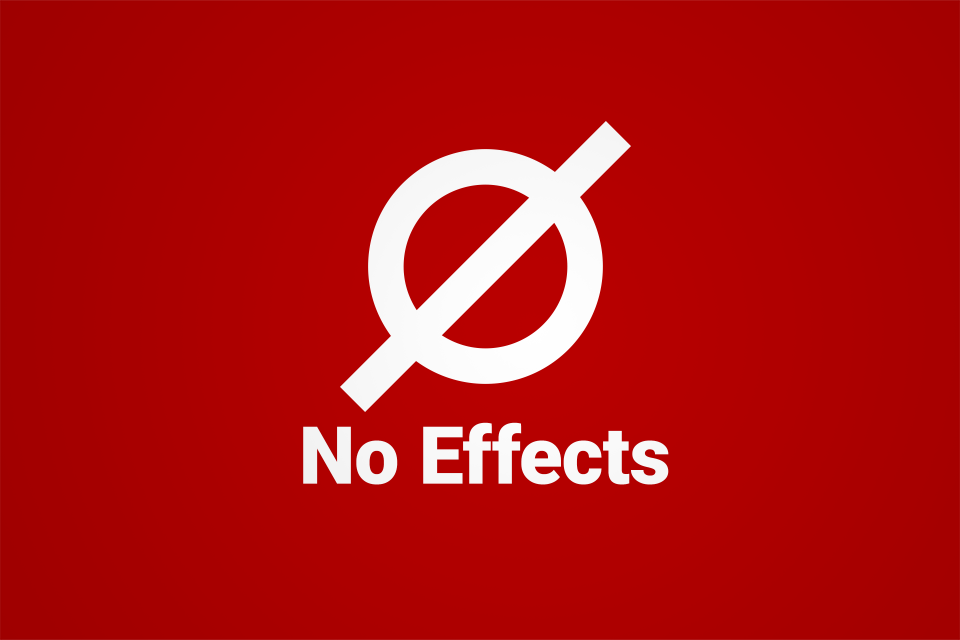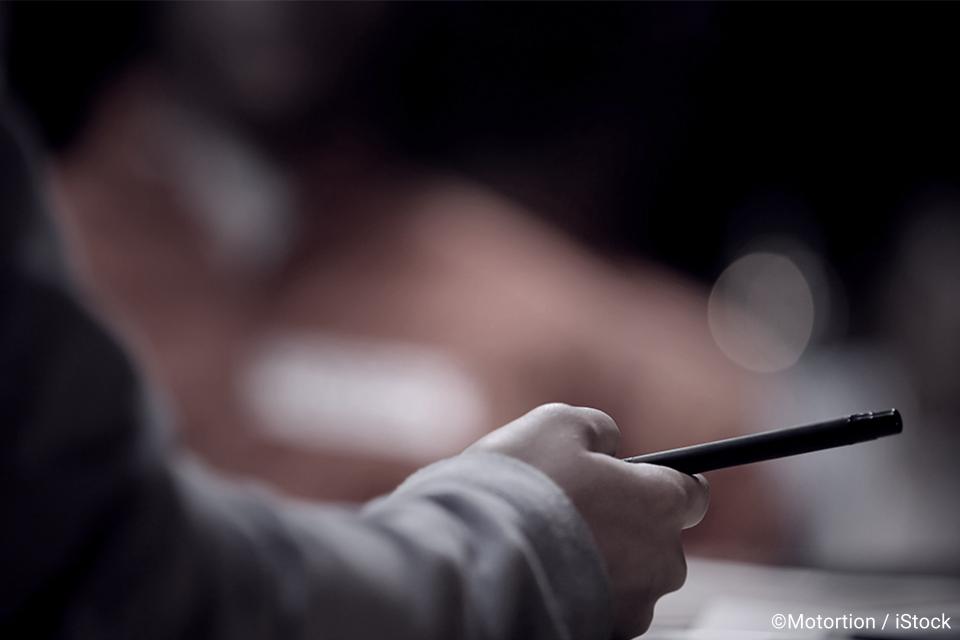Comparing Terrorism with Other Targeted Violence
NIJ-supported research indicates that although there is no single, clear-cut overlap between individuals who engage in terrorism and other forms of targeted violence, there are important and unexpected similarities. We take a closer look at three studies that explored factors involved in terrorism, human trafficking, gang violence, and mass murder.
Highlighting NIJ’s Forensics Investments
The University of Tennessee, Knoxville recently hosted a delegation from NIJ to tour their Forensic Anthropology Center, highlight significant forensic science advances, and announce new forensics research and development grants supported by NIJ funding. A panel of forensics experts discussed the advances made from NIJ’s over $340 million in research funding since 2009 and the future of forensic research.
NamUs by the Numbers
NamUs supports missing and unidentified persons case investigations and provides a repository of these cases for professional users (e.g., law enforcement, medical examiners, coroners, and allied forensic professionals), families of missing loved ones, and the public. The NamUs Fiscal Year 2022 Annual Report provides a summary of statistics, milestones, and new developments.
Term of the Month - Wrongful Convictions
Wrongful convictions occur when innocent people are convicted of crimes committed by others or are found guilty even though a crime was not committed. Research estimates suggest the wrongful conviction rate in the United States is less than 5%.
Criminal Justice Data Archives
The National Archive of Criminal Justice Data archives data on crime and justice and contains data from over 2,700 curated studies or statistical data series. The website is home to several large-scale datasets, including the National Crime Victimization Survey, FBI's Uniform Crime Reports and National Incident-Based Reporting System, and the Project on Human Development in Chicago Neighborhoods.
List of Compliant Ballistic Resistant Body Armor
NIJ certifies torso-worn ballistic resistant body armor for law enforcement that complies with the requirements our Compliance Testing Program. If you’re in the law enforcement profession, review a newly updated list of all compliant armor, searching by manufacturing company, gender, threat levels, and other factors.
Listen, Learn, Inform - About NIJ
Review the YouTube Terms of Service and the Google Privacy Policy
Find funding opportunities
Read the latest
Register for events
Browse all topics
CrimeSolutions Program and Practice Ratings
PSYCHOPATHY.COMP (Portugal)
This is an individual compassion-focused, therapy-based intervention adapted from traditional compassionate-focused therapy to reduce psychopathic traits in youth in a correctional setting in Portugal.
Police Body-Worn Cameras (Boston, Massachusetts)
This involves police officers wearing cameras on their uniforms to improve the civility of their interactions with citizens.
Imprisonment for Individuals Who Committed a Drunk Driving Offense (New South Wales, Australia)
This involves prison time for individuals who have committed drunk-driving offenses to reduce their risk of recidivism upon their release.
The First Step Act
The First Step Act of 2018 aims to reform the federal prison system and reduce recidivism. NIJ is working to assess and develop an existing risk and needs assessment system for incarcerated individuals, and develop recommendations regarding effective evidence-based recidivism reduction programs and activities.












